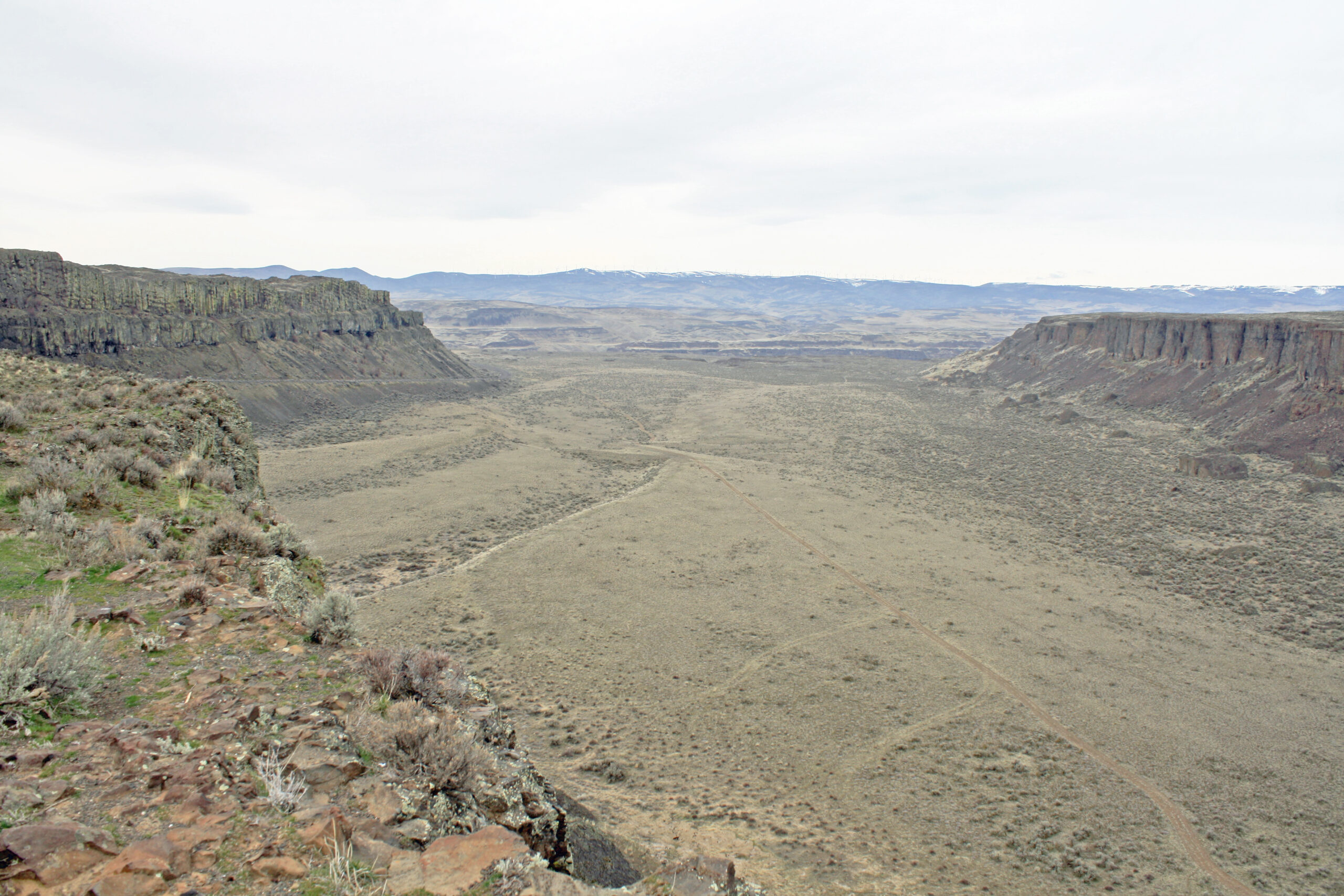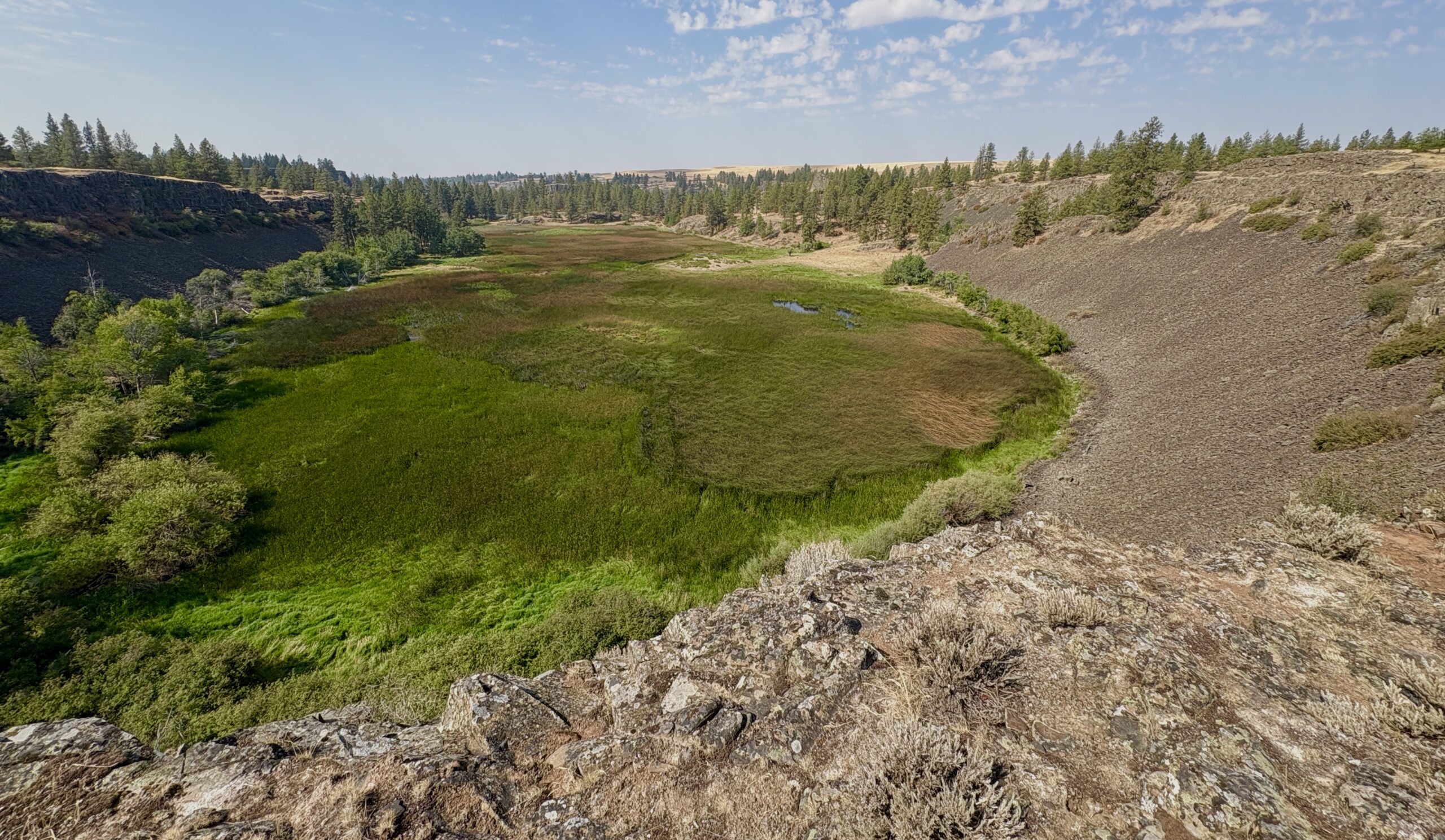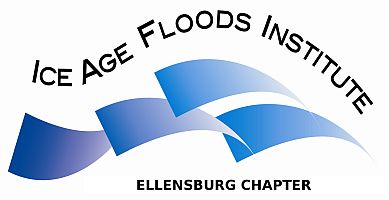We have always assumed that the Columbia River and its tributaries have been the same for many millions of years. The Earth is constantly fooling us like that. In reality most river systems are dynamic, and the Columbia River is no exception. We will explore how it has changed over the past 16 million years. We’ll see how in earlier times locations such as like Yakima, Prosser and Benton City would have been on the Columbia River, while the Tri-Cities would have been left high and dry. The Columbia River system is one of the great river systems of North America, draining much of the Pacific Northwest, as well as parts of the western United States and British Columbia. The river system has had a long and complex history, slowly evolving over the past 17MY The Columbia River and its tributaries have been shaped by flood basalt volcanism, Cascade volcanism, regional tectonism, and finally outburst floods from Glacial Lake Missoula. The most complex part of river development has been in the northern part, the Columbia Basin, where the Columbia River and its tributaries were controlled by a subsiding Columbia Basin with subtle anticlinal ridges and synclinal valleys superimposed on a flood basalt landscape. After negotiating this landscape, the course to the Pacific Ocean led through the Cascade Range via the Columbia Trans-Arc Lowland, an ancient crustal weakness zone that separates Washington and Oregon. The peak of flood basalt volcanism obliterated the river paths, but as flood basalt volcanism waned, the rivers were able to establish courses within the growing fold belt. As the folds grew larger, the major pathways of the rivers moved toward the center of the Columbia Basin where subsidence was greatest. The finishing touches to the river system, however, were added during the Pleistocene by the Missoula floods, which caused local repositioning of river channels.








